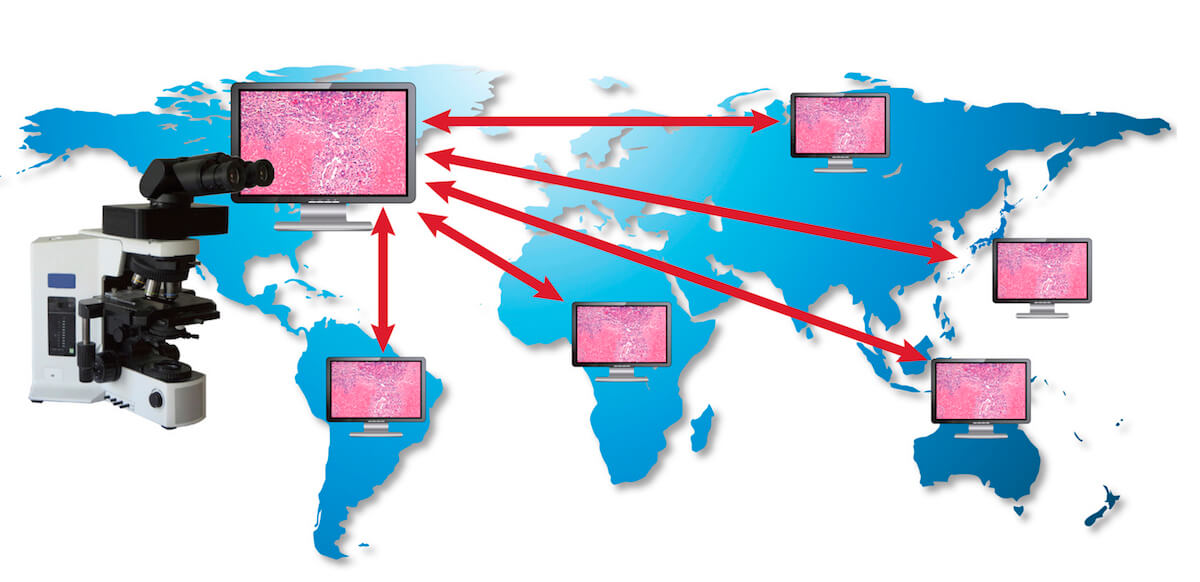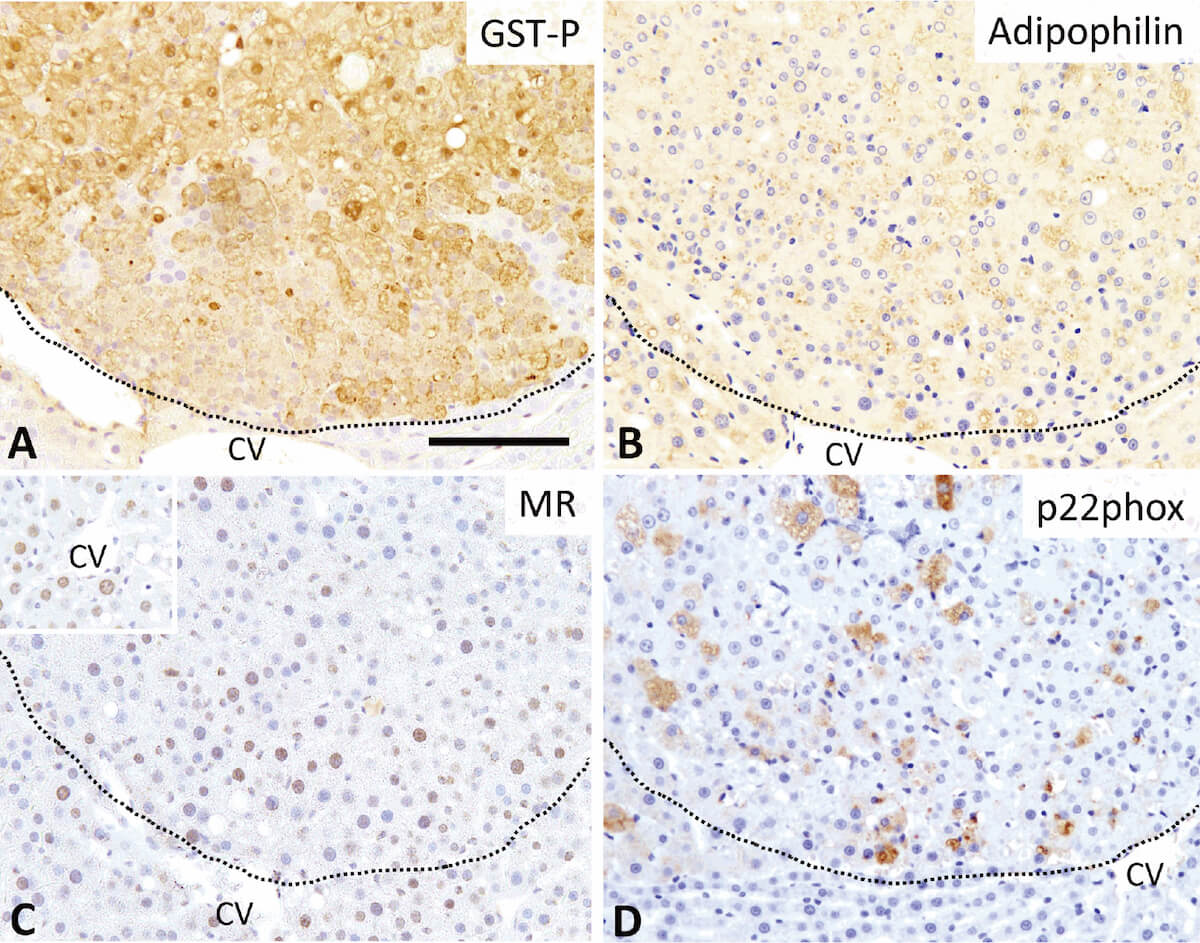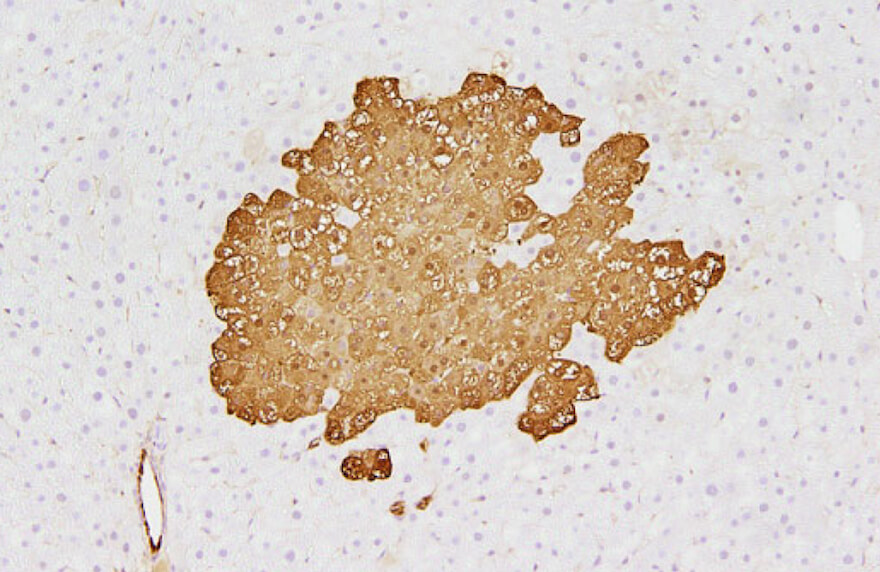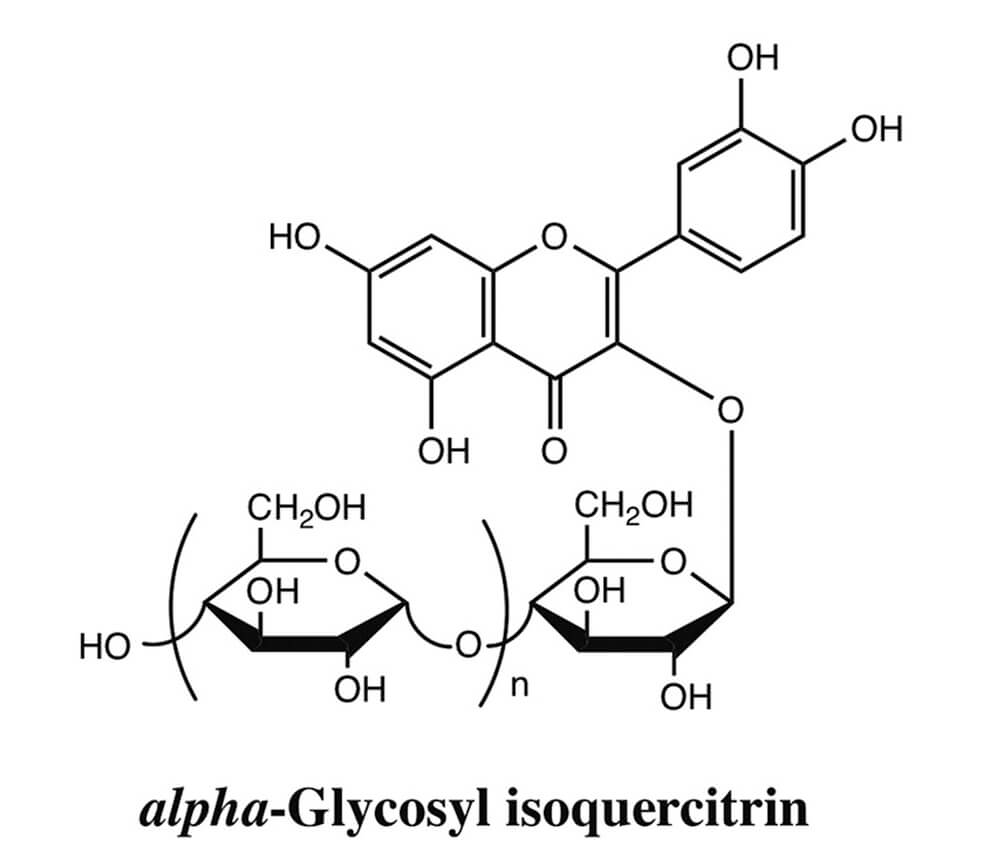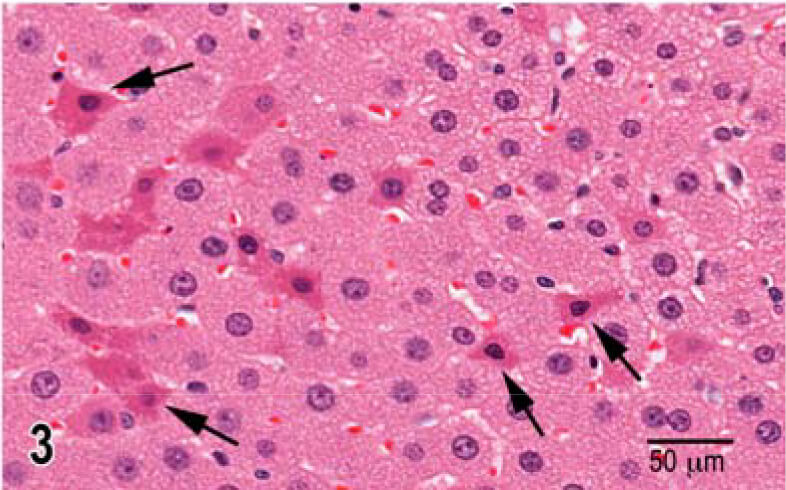In Vivo Imaging With Confirmation by Histopathology for Increased Rigor and Reproducibility in Translational Research: A Review of Examples, Options, and Resources
Robert Maronpot2019-03-08T15:48:10+00:00Preclinical noninvasive imaging can be an indispensable tool for studying animal models of disease. In vivo imaging to assess anatomical, functional, and molecular features requires verification by a comparison to the macroscopic and microscopic morphological features, since all noninvasive in vivo imaging methods have much lower resolution than standard histopathology. Comprehensive pathological evaluation [...]

